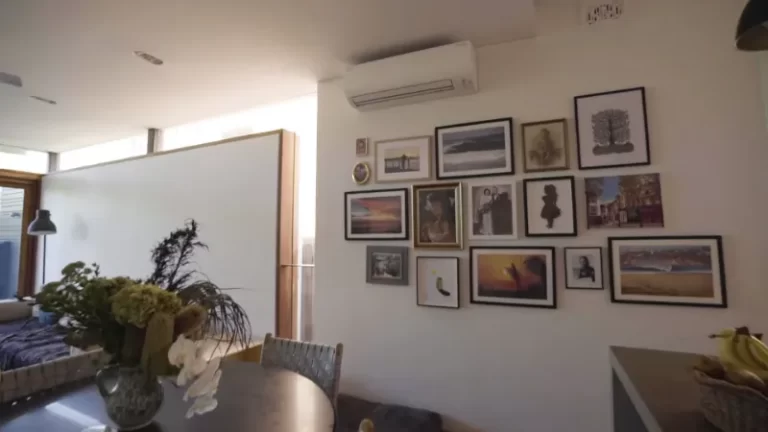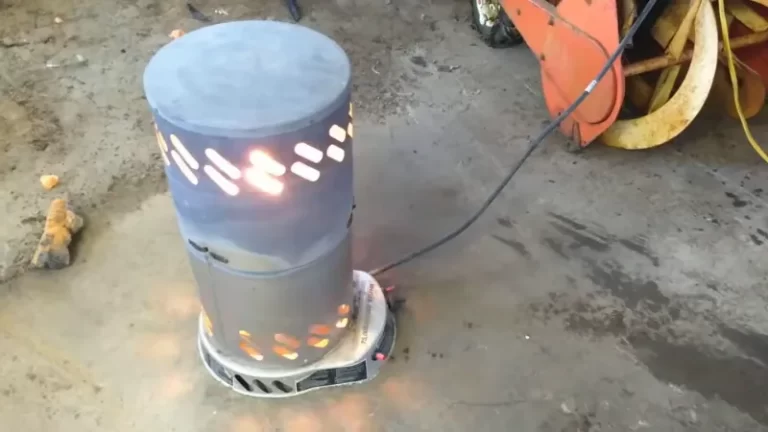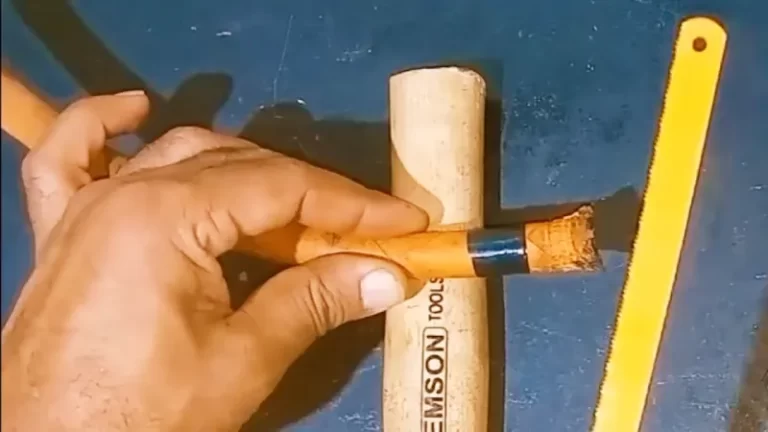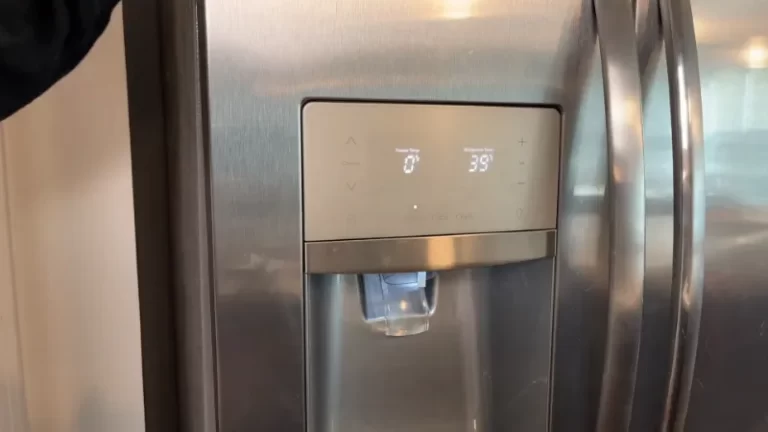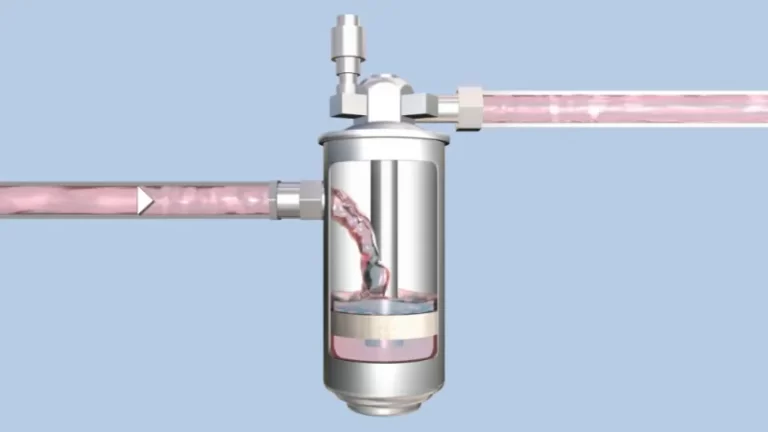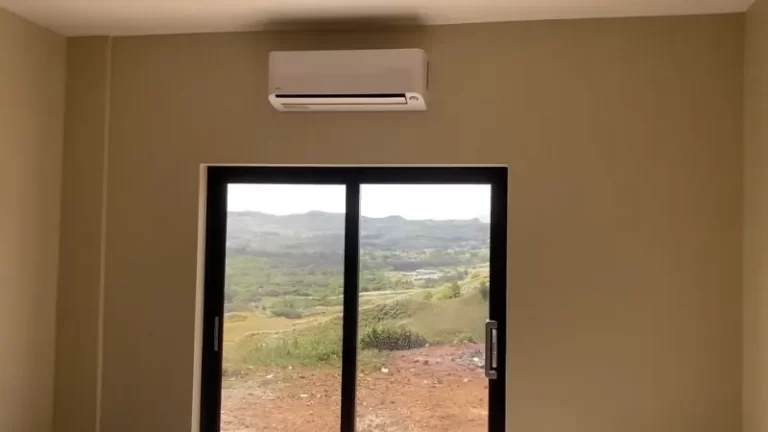Why Air Filter Flammability Matters: Safety & Ratings R15553
You diligently change your HVAC air filter every few months, believing you’re protecting your family from dust, allergens, and airborne particles. But what if the very thing meant to clean your air harbors a hidden danger? On the frame of many filters, you might find a cryptic code: “Air Filter Unit as to Flammability Only R15553.”
Most homeowners overlook this text, assuming it’s just technical jargon. The terrifying reality is that this small print is a critical safety classification that could mean the difference between a normal day and a catastrophic house fire. An improperly rated air filter can act as kindling, allowing your HVAC system to become a superhighway for spreading flames and smoke throughout your home in minutes.
You'll Learn About
Unmasking the Threat: What R15553 and Flammability Ratings Mean
The core of the problem lies in misunderstanding what “flammability” means in the context of an air filter. It doesn’t mean “fireproof.” It means the filter has been tested against a specific set of standards to determine how it behaves when exposed to fire. The designation “R15553” is a file number assigned by Underwriters Laboratories (UL), a globally recognized safety science company. This number signifies that the product is listed in their database and complies with their safety standards.
The primary standard governing air filter flammability is UL 900. This standard was specifically designed to test the combustibility and smoke generation of air filters used in HVAC systems. A filter that is UL Classified has undergone rigorous testing to ensure it won’t dangerously contribute to a fire, providing a crucial layer of safety for your home.
The Anatomy of an HVAC Fire Disaster
Imagine a small electrical short or overheating within your furnace. This event could produce a spark or a small flame. If your air filter is not properly fire-retardant, its paper-like media and cardboard frame can ignite almost instantly.
Once the filter is burning, the HVAC system’s powerful blower fan does the unthinkable: it forces air through the flames, distributing fire and toxic smoke into every room connected to your ductwork. What started as a minor mechanical issue has now become a full-blown inferno, spreading with terrifying speed and efficiency. This is the hidden danger of installing a non-compliant or counterfeit air filter.
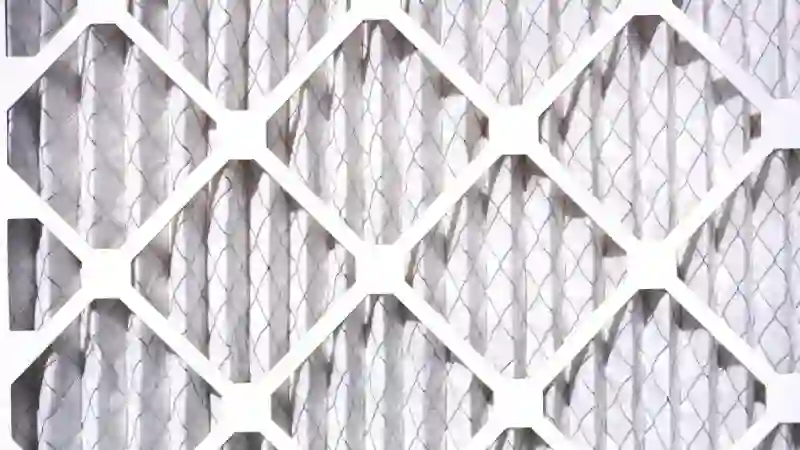
Decoding UL 900: Understanding Class 1 and Class 2
Historically, the UL 900 standard used two primary classifications for air filters: Class 1 and Class 2. These ratings define how a clean filter responds to fire.
UL Class 1 filters are held to the highest standard. When exposed to flame, they do not contribute fuel to the fire and produce negligible amounts of smoke. This makes them the ideal choice for environments where fire safety is the absolute top priority, such as hospitals and schools.
UL Class 2 filters are permitted to burn moderately or emit a moderate amount of smoke when exposed to flame. While not as robust as Class 1, they are still considered safe for residential and most commercial uses, as they will not dangerously accelerate a fire. It is important to note that in 2012, UL revised the standard, removing the public-facing Class 1 and Class 2 distinctions. Now, any filter that meets the standard is simply labeled “UL Classified,” but the testing ensures it meets at least the former Class 2 requirements for safety.
The Solution: Your Guide to Choosing a Fire-Safe Air Filter
Protecting your home from this hidden threat is not complicated, but it does require diligence. You cannot simply grab the cheapest filter off the shelf and hope for the best. By following a structured approach, you can ensure the filter you install is a guardian for your home’s air quality and safety, not a potential liability.
Step 1: Always Prioritize the UL Mark
The single most important factor in your decision is the presence of a UL Classification Mark. This symbol is your assurance that the filter has been independently tested and certified to meet the UL 900 safety standard. Look for the distinct UL logo on the filter’s frame or packaging. If a filter lacks this mark, do not purchase it, regardless of its price or marketing claims.
Step 2: Verify the Classification
Look for the phrase “UL Classified” or “Air Filter Unit as to Flammability Only” printed near the UL logo. This confirms its compliance with the UL 900 standard. The materials in your home, from the resins in a pebble epoxy shower floor to the fibers in your air filter, all have safety and performance ratings that are crucial to understand.
Step 3: Ensure the Perfect Fit
A fire-safe filter is only effective if it’s the correct size for your HVAC system. An ill-fitting filter allows air—and potentially flames—to bypass the filter media. This not only defeats its purpose of cleaning the air but can also create dangerous gaps in a fire scenario. Always use the exact dimensions recommended by your HVAC system’s manufacturer.
Step 4: The Critical Role of Regular Replacement
A dirty, clogged air filter is a significant fire hazard. When a filter becomes overloaded with dust, lint, and pet hair, it severely restricts airflow. This forces your furnace’s blower motor to work harder, which can lead to overheating and mechanical failure—a primary cause of HVAC fires. Change your filters at least every three months, or more often if you have pets or live in a dusty environment.
Step 5: Embrace Holistic HVAC Safety
Your air filter is just one component of a complex system. To ensure total safety, schedule an annual professional inspection of your HVAC unit. A qualified technician can identify and repair faulty wiring, clean dirty components, and ensure the entire system is operating safely. A compliant filter not only enhances safety but also improves your HVAC’s efficiency, forming a critical part of your home’s overall thermal envelope, much like high-grade R80 insulation.
Comparing Flammability Standards: A Clear Breakdown
Understanding the differences in safety ratings is key to making an informed choice. While the public-facing UL classification has been simplified, the underlying performance metrics remain distinct and important.
| Feature | UL Class 1 Filter (Legacy High Standard) | UL Class 2 Filter (Current Base Standard) | Non-Classified Filter |
|---|---|---|---|
| Flame Spread | Does not contribute fuel to fire. | Burns moderately when attacked by flame. | Untested; may burn rapidly. |
| Smoke Development | Emits negligible amounts of smoke. | Emits moderate amounts of smoke. | Untested; may produce dense, toxic smoke. |
| Safety Assurance | Highest level of fire safety. | Acceptable for residential and general use. | Significant fire hazard. |
| Certification Mark | Bears the UL Classification Mark. | Bears the UL Classification Mark. | No UL mark present. |
Debunking Common Air Filter Myths
Misinformation can be just as dangerous as a faulty product. Many homeowners fall prey to common myths that put their safety at risk.
Myth 1: “If it’s sold at a major hardware store, it must be safe.”
Fact: Retailers offer a wide range of products at various price points, and not all are created equal. Many stores sell cheaper, unlisted filters imported from manufacturers who have not undergone the rigorous UL certification process. It is the consumer’s responsibility to check for the UL mark before purchasing.
Myth 2: “A metal mesh filter is always safer than a paper one.”
Fact: While the mesh itself is not flammable, these filters can be coated with flammable oils or adhesives. Furthermore, they can become clogged with highly combustible materials like grease or lint. Unless the entire unit, including any coatings, is UL Classified, it should not be considered inherently safer.
Myth 3: “The only risk of a clogged filter is poor air quality.”
Fact: A clogged filter is a direct threat to the mechanical integrity of your HVAC system. The reduced airflow can cause the heat exchanger to overheat and crack, potentially leaking carbon monoxide into your home. It also strains the blower motor, which can lead to electrical failure and fire. One of the biggest hazards caused by a dirty furnace filter is a fire in your furnace or ducts.
The Cost of Safety vs. The Cost of Disaster
It’s true that a UL Classified air filter may cost a few dollars more than a generic, non-certified alternative. Some may be tempted to save money on this seemingly simple maintenance item. However, this is a dangerously short-sighted calculation.
That small upfront saving is insignificant when weighed against the potential cost of a house fire. The financial aftermath of a house fire can be catastrophic, with expenses far exceeding simple repairs; for example, the cost to remove stone veneer and rebuild a damaged exterior wall is just one of many potential high-ticket items. More importantly, the safety of your family is priceless. Investing in a certified, fire-retardant air filter is one of the most cost-effective forms of home insurance you can buy.

